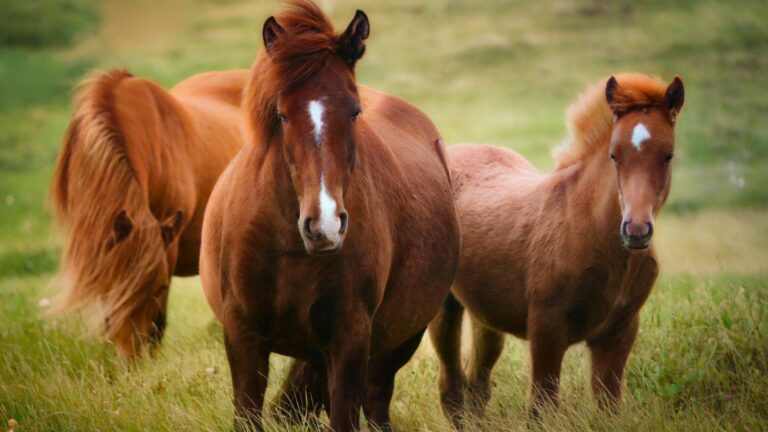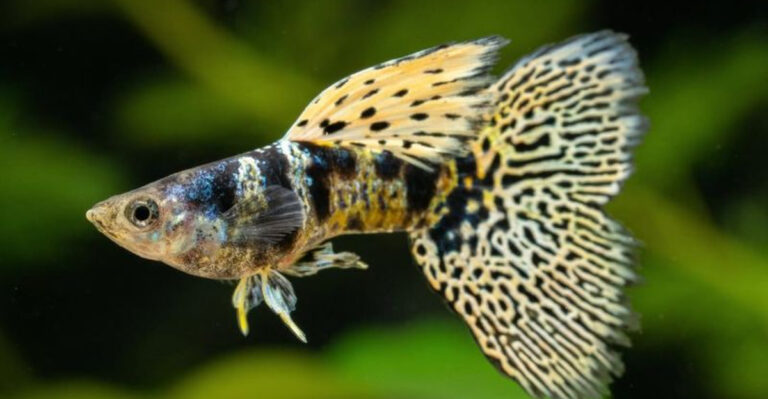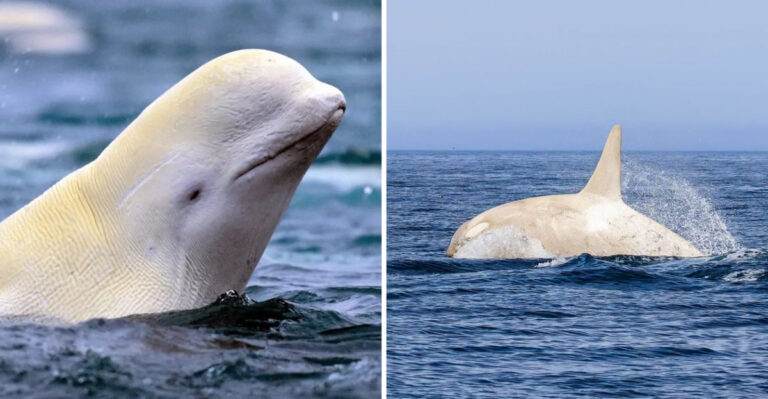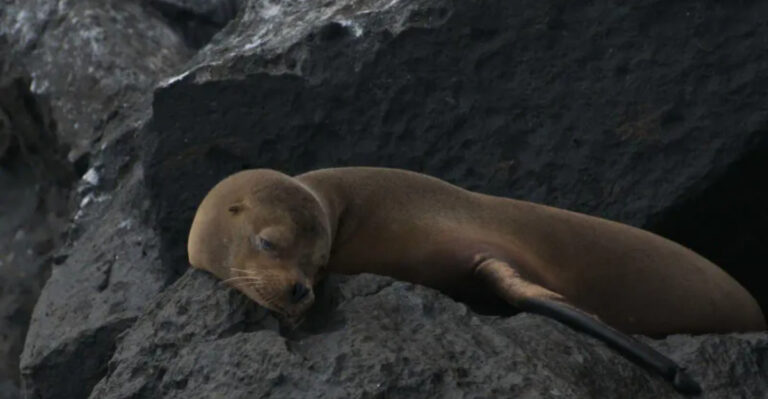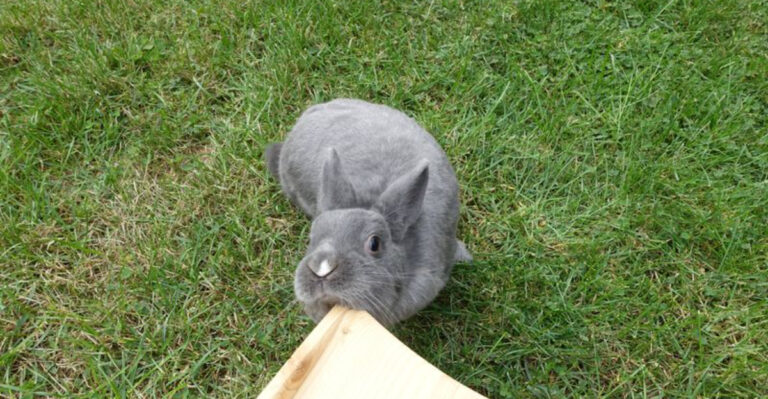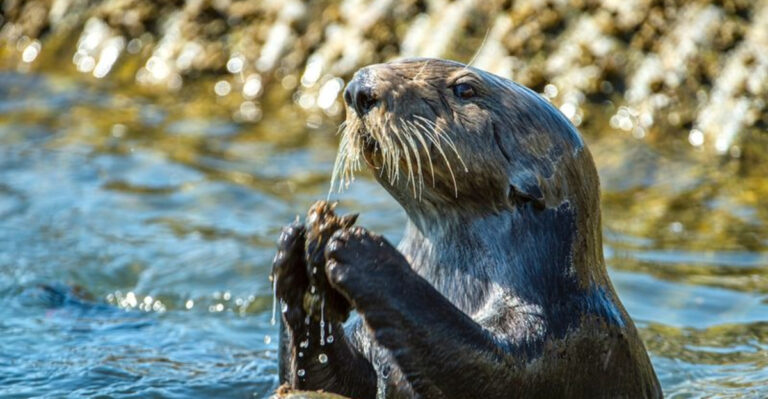13 Brightly Colored Creatures That Flash A Warning: Stay Away

Nature has its own way of sending danger signals. Some of the most beautiful animals on our planet wear bright colors not to attract friends, but to warn enemies.
These vibrant creatures have evolved stunning patterns and colors as a defense mechanism, essentially advertising their toxicity or bad taste to potential predators.
Let’s explore these walking, slithering, and swimming billboards of the animal kingdom that all say one thing: admire from afar!
1. Blue-Ringed Octopus: Tiny But Fatal
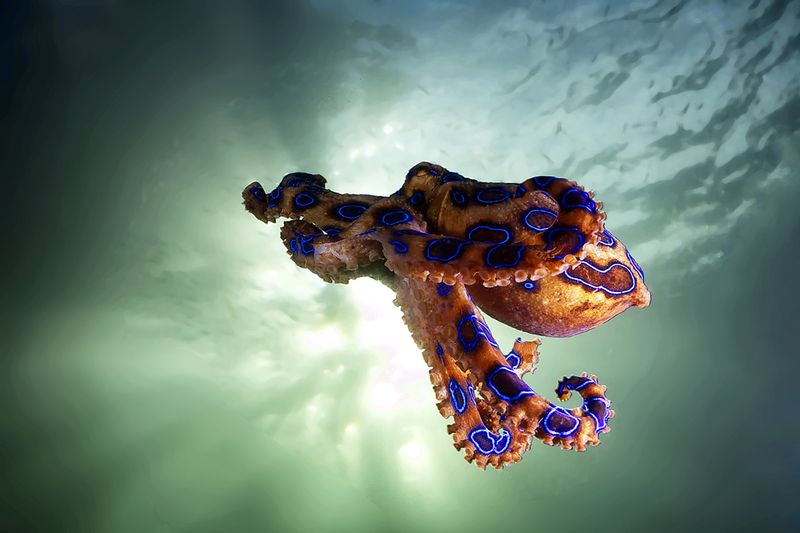
Small enough to rest in your palm, yet armed with venom powerful enough to take down dozens of adults in minutes.
These ocean creatures usually look yellowish-brown, but when threatened, glowing blue rings ripple across their bodies – one of nature’s most striking warning signals. Their bite can lead to respiratory failure in minutes, and there’s no known antivenom.
2. Poison Dart Frogs: Rainbow Assassins
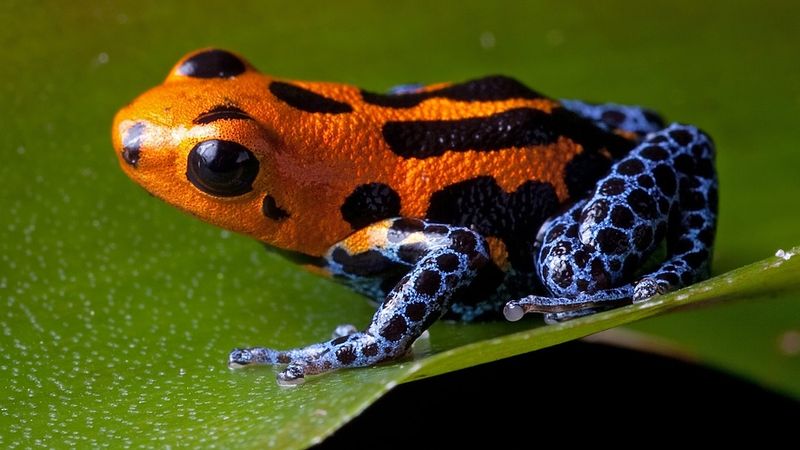
Dressed like tiny carnival performers, these thumb-sized amphibians sport colors that would make a crayon box jealous. Their skin contains enough toxin to drop ten grown men.
Indigenous tribes historically used their secretions to poison blow darts for hunting. Interestingly, captive-bred specimens lose their toxicity when removed from their natural diet in the wild.
3. Coral Snake: Red Touches Yellow
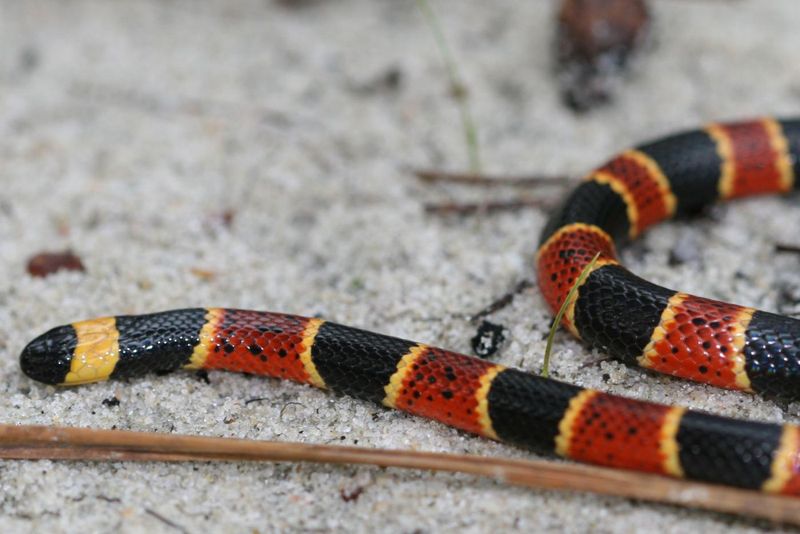
Unlike aggressive snakes, coral snakes are shy creatures that prefer avoiding confrontation. Their venom is so potent that even juvenile snakes pack enough poison to cause serious harm to humans.
Despite their reclusive nature, a single bite can lead to paralysis if not treated promptly.
4. Monarch Butterfly: Toxic Beauty On Wings
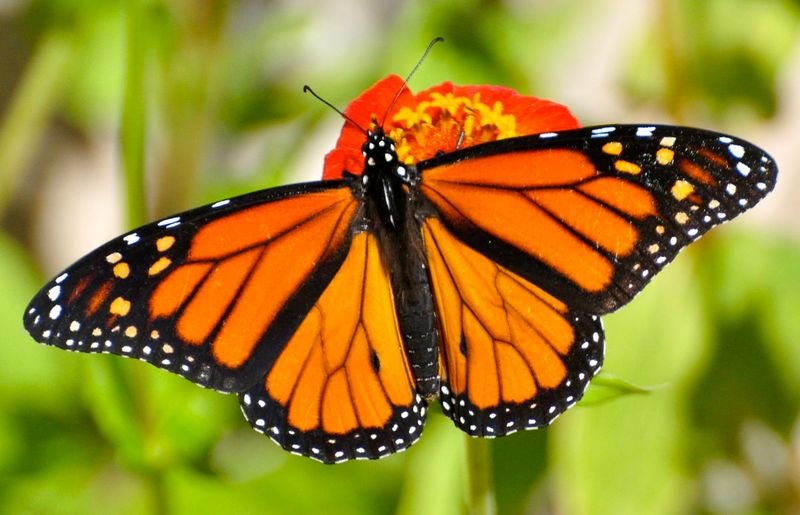
Fluttering through gardens like stained-glass windows caught in the breeze, these orange-and-black beauties are more than just pretty faces. Their caterpillars feast exclusively on milkweed, absorbing toxins that make them vomit-inducing to predators.
Birds that snack on monarchs quickly learn their lesson – one taste leads to violent illness and a permanent memory to avoid similar patterns.
5. Fire Salamander: Forest Floor Firefighter

Looking like someone splashed yellow paint across a black canvas, these amphibians don’t mess around. Glands across their bodies secrete a milky neurotoxin that can cause muscle convulsions and hypertension.
Ancient Europeans believed they could survive fire, hence their name. When threatened, they can actually shoot their toxin up to 3 feet – nature’s tiny Super Soaker with dangerous consequences!
6. Lionfish: Floating Pincushion Of Pain
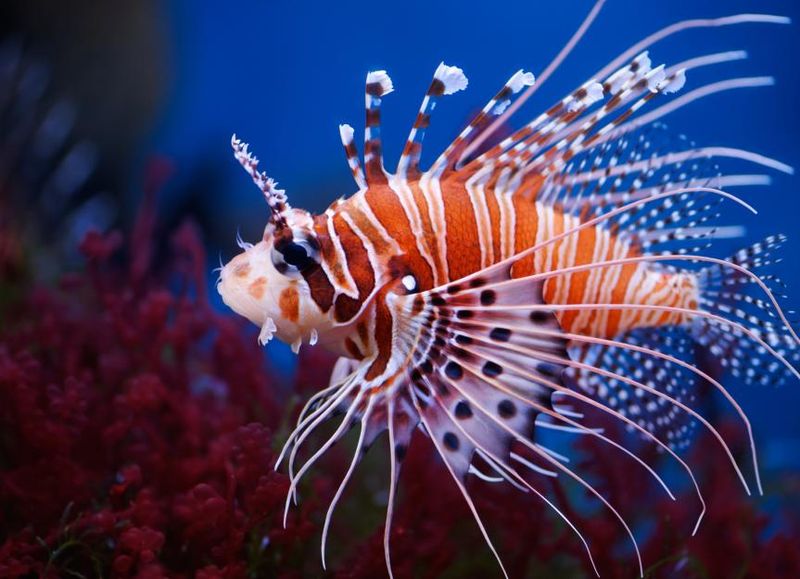
With fan-like fins striped in white and red, these reef-dwellers look like underwater royalty. Don’t be fooled by their graceful movements – those beautiful spines pack a venomous punch!
Their sting causes intense pain, swelling, and sometimes breathing difficulties. As invasive species in Atlantic waters, they have few natural predators, allowing them to decimate native fish populations with their voracious appetites.
7. Gila Monster: Desert Painted Warrior
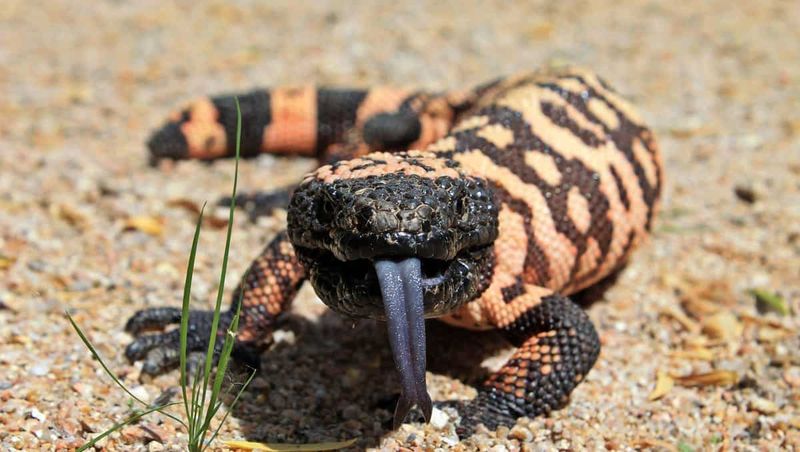
Sporting a beaded-looking skin with pink and black patterns, this lizard looks like it’s wearing prehistoric party clothes. One of only two venomous lizards in the world, it delivers toxin through a chewing motion rather than a quick strike.
Unlike snakes, Gila monsters hold on stubbornly once they bite. Their venom contains a compound now used in medication that helps treat type 2 diabetes.
8. Nudibranch: Ocean’s Toxic Fashion Models

Picture underwater slugs dressed for a neon rave, and you’ve got nudibranchs. These sea slugs steal defensive compounds from their prey and incorporate them into their own tissues.
Their wild colors and patterns serve as a clear “don’t eat me” signal. Some species even repurpose stinging cells from jellyfish they’ve eaten, storing them in their skin flaps as ready-to-use weapons!
9. Cuttlefish: Masters Of Toxic Disguise
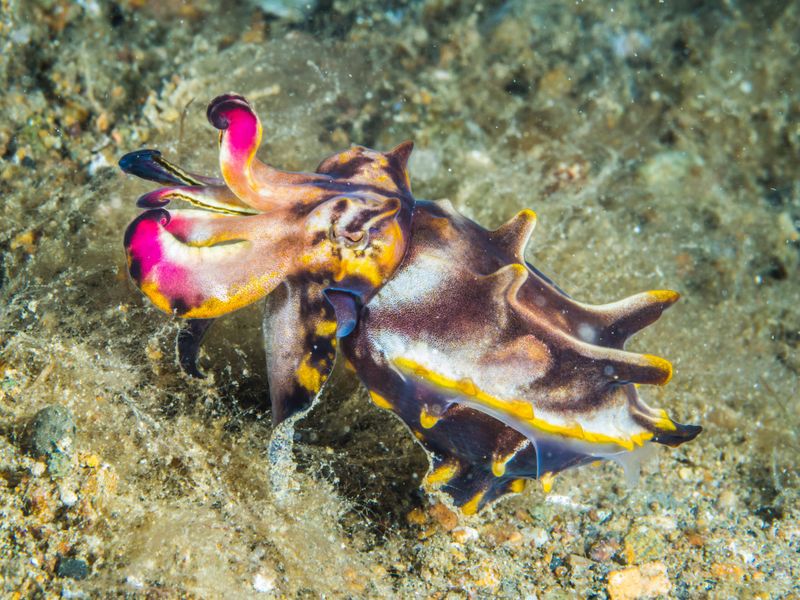
Usually masters of camouflage, when threatened, these intelligent cephalopods flash brilliant yellow and black warning patterns. They’re saying “I’m dangerous” even though they’re actually bluffing!
Unlike their truly toxic ocean relatives, cuttlefish use false advertising. Their remarkable color-changing abilities come from specialized cells called chromatophores that expand and contract to reveal different pigments underneath.
10. Eastern Newt: The Flame That Walks

During their teenage years (called the “red eft” stage), these amphibians roam forest floors looking like tiny walking flames. Their brilliant orange-red skin contains tetrodotoxin – the same poison found in pufferfish.
Unlike most animals that hide their toxicity, these newts boldly wander in daylight. Predators learn quickly that this walking hot sauce packet causes numbness and sometimes death when eaten.
11. Yellow-Banded Poison Frog: Golden Peril

Gleaming like a living gold coin with black stripes, this Colombian frog contains batrachotoxin – one of the most potent natural poisons known. A single frog holds enough toxin to pose extreme danger to multiple humans.
Indigenous hunters use its poison on blowgun darts that stay effective for over a year. Scientists are still puzzled about how these frogs acquire their toxins, though it’s likely linked to their diet of specialized insects.
12. Cinnabar Moth: Flying Warning Flag
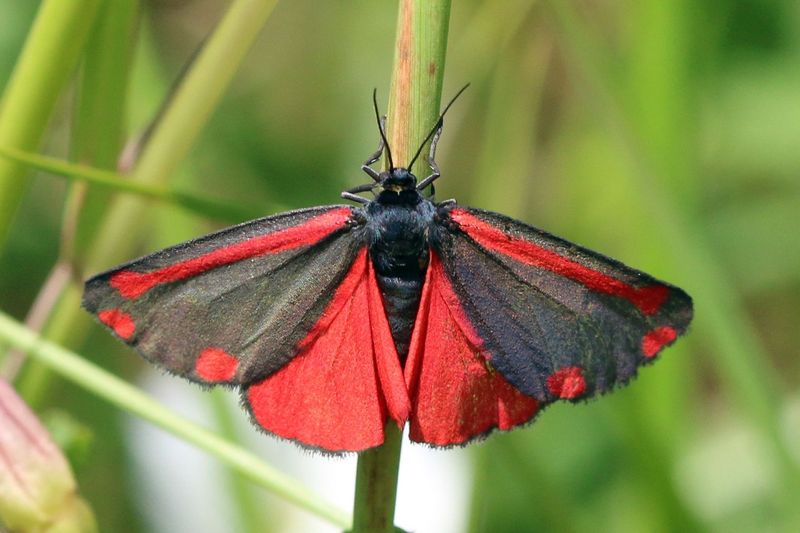
Even as caterpillars, these insects advertise danger with orange and black stripes. After metamorphosis, they emerge as striking red and black moths that fly during daylight – unusual for moths!
They concentrate toxic alkaloids from ragwort plants they consume as larvae. Birds quickly learn to associate their bold color pattern with an unpleasant taste and stomach upset, leaving these slow-flying moths to flutter about unmolested.
13. Blue-Spotted Salamander: Electric Blue Warning
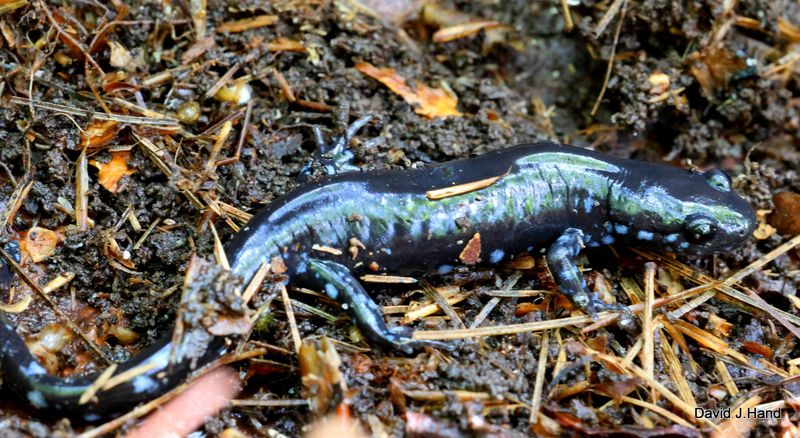
Looking like someone flicked a paintbrush of brilliant blue across their dark bodies, these forest dwellers aren’t subtle about their toxicity. Their skin secretes a sticky white substance that causes irritation and sometimes numbness.
Unlike their fiery-colored cousins, these salamanders prefer to hide under logs during the day. They emerge on rainy nights, their electric blue spots practically glowing in the darkness as they hunt for insects.

